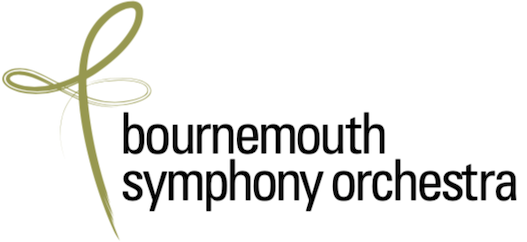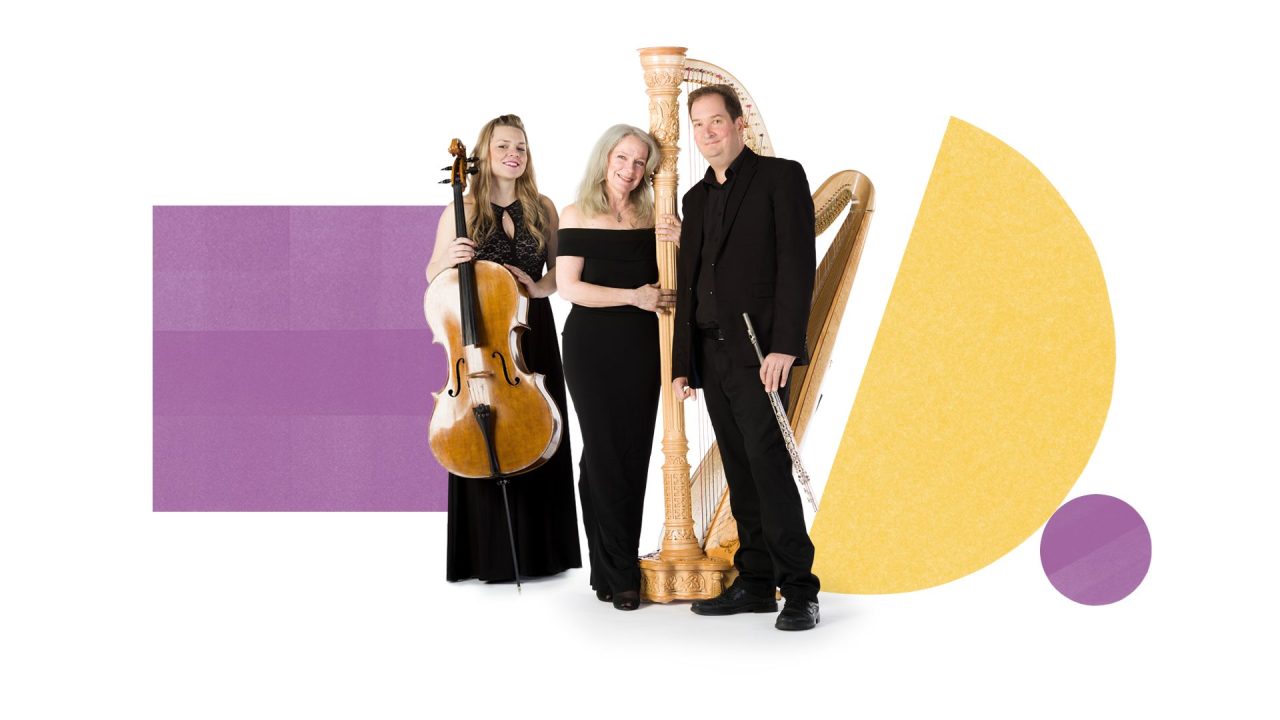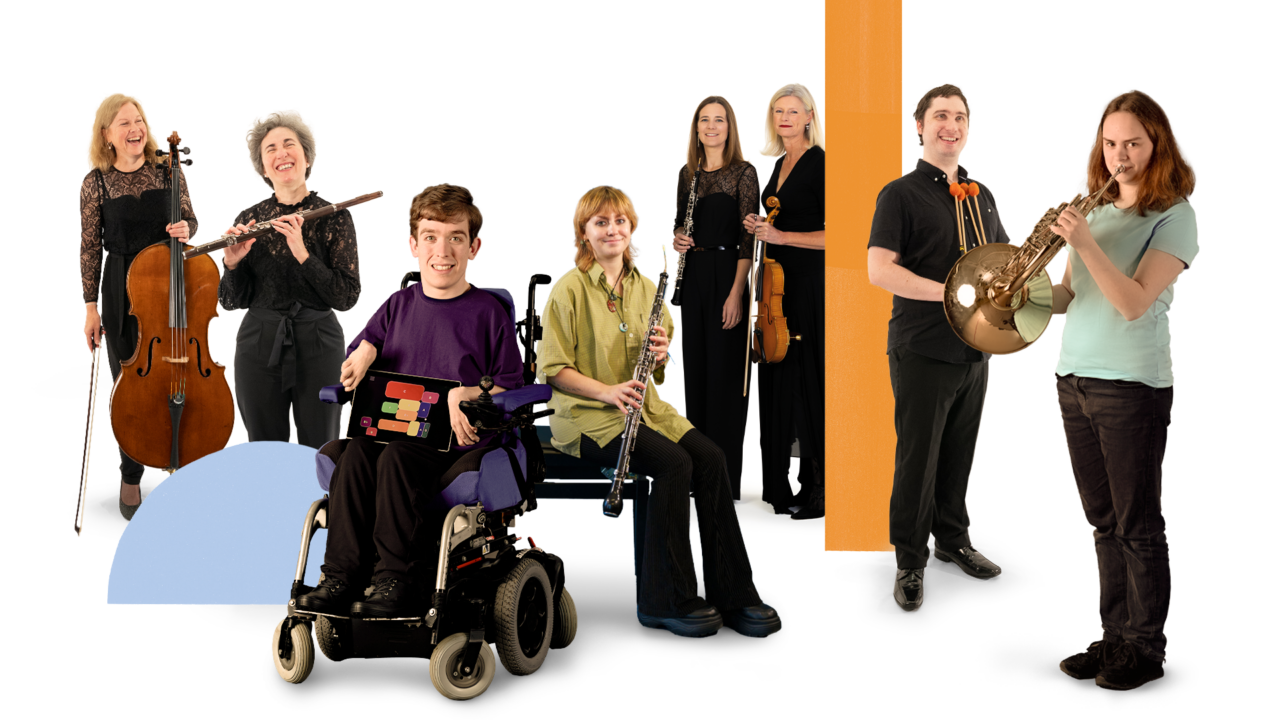Inspired programming framing Tchaikovsky with Rachmaninov’s first and last published orchestral works. Much mutual musical admiration had prompted an offer from the senior composer to conduct The Rock on a European tour in the winter of 1893, sadly thwarted by his unexpected and sudden demise before departure. Rachmaninov’s score cites Lermontov’s poem The Crag referring to ‘The little golden cloud that spent the night on the breast of the giant crag’. However, he later admitted that the main inspiration came from a Chekhov tale about a brief overnight encounter between a young woman and an older man at a country inn ending with an abrupt silent parting the following morning.
Gábor Káli drew eloquent contrast and tension from the dual sources for the work. The transient passion of the cloud-woman and the brooding nature of the crag-man all expressed with due light and darkness, but evoking increasingly forlorn shades of grey suggestive of “never the twain shall meet again”. A sensitive and passionate outpouring that amply vindicated Tchaikovsky’s faith in the young Rachmaninov’s rapidly burgeoning compositional potential, especially his colourful and evocative orchestration.
Soloist Marie-Ange Nguci then came on with the unenviable task of polishing her spurs on one of the most frequently performed warhorses of the piano concerto repertory. Tchaikovsky’s First gleamed with quicksilver spontaneity and combustible power and passion throughout, with soloist joined at the hip to the orchestra with intuitive interplay and chemistry at every twist and turn. Special mention too for Anna Pyne’s limpidly poised flute solo establishing the complete change of mood at the start of the central movement – time stood still.
Marie-Ange went on to receive the heartiest applause of the evening, and then treated us to an inspired and unusual encore. Her playing of the final solo cadenza that ends Ravel’s Concerto for the Left Hand was as assured and eloquent as it was jaw-dropping in both musical and technical accomplishment. So much so that it sounded as though two or even three hands were playing and readily allowed the orchestra not to be missed for the final few bars. An astonishing tour de force that will hopefully prompt a return invitation soonest to play the complete work.
After such a powerful performance of The Rock, expectations were running high for Rachmaninov’s Symphonic Dances. Initially conceived as a potential ballet commission, the composer’s last completed orchestral work marked a significant advance in style and rhythmic complexity – almost his “Rite of Spring” moment 30 years after Stravinsky. Gábor Káli delivered a blistering showpiece for the orchestra that lacked nothing in roller-coaster excitement and graphic reference. However the hard-driven focus on the thrills of each dance was occasionally prone to spills and compromised comprehensive realisation of the composer’s new voice as well as ideal contrast from the slower more lyrical central sections.
Rachmaninov’s “Non Allegro” tempo for the framework of the first dance prompted a reeling “Presto”, albeit allowing Melanie Henry’s central saxophone solo to register with soulful nostalgia, but swept away by a hectic restatement of the opening music. The central dance lacked spectral menace while the last dance became a super-fast race to the abyss abruptly cut off by the tam-tam allowed no “laissez vibrer” resonance as specified by the composer.
The wealth of subtleties in the composer’s radically new style seemed to be sacrificed rather than insight into their cause. However, if high adrenaline excitement from Rachmaninov’s Symphonic Dances is your prime focus, this performance more than amply delivered.
Ian Julier
We also received this 5*review from Bachtrack who said “The Bournemouth Symphony Orchestra seems to be on a roll.”
This concert is available to catch up on for 30 days here





